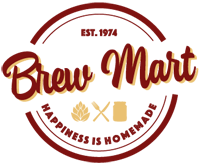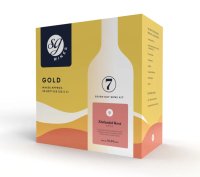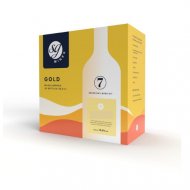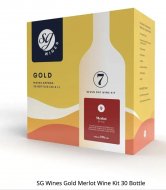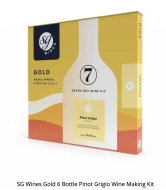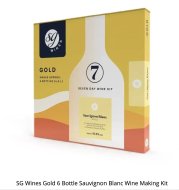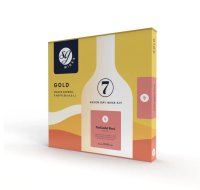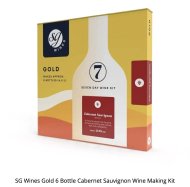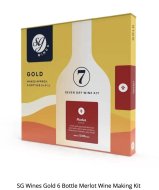Sign up to the Brew Mart newsletter for the latest news, offers & more
Please note that Brew Mart will be closed on Saturday, 5th July, AND Saturday, 12th July. Thank you.
SG Wines | Gold Wine KIts
SG Wines formally Solomon Grundy Wines 
Click here to see SG Wines Video
Enjoy your favourite homemade wine in no time with seven-day wine kits from SG Wines. You'll find the perfect wine for any occasion with a wide range of classic, varietal styles and fruity flavours.
Solomon Grundy Cabernet Sauvignon Gold Wine Homebrew Kit (SG Wines) 30 Bottles
Solomon Grundy Cabernet Sauvignon Gold Wine Homebrew Kit (SG Wines) 6 Bottle
SG Wines has been supplying seven-day wine kits since its inception as Solomon Grundy in 1995. It became the first seven-day wine kit to launch in the UK with the strapline "Started on Monday—Drunk by Sunday."
Quickly established as one of the most popular budget wine kits on the market, Solomon Grundy expanded in 2000 with the addition of our Gold and Country ranges, providing more choice to consumers.
Innovation
SG Wines' in-house product development team meticulously develops each SG Wines range recipe.
From the yeast and nutrient blends that allow for speedy fermentation to the flavouring add-backs developed to replicate the flavour profiles of varietal wines, SG wines' ingredients have been specially selected through extensive testing in their state-of-the-art lab.
Once the ingredients are developed, the kits are safely packed at SG wines BRC AA+ Accredited Factory.
When it all comes together, the ingredients developed for each style allow you to create a wine that hits the mark in just seven days.
Rebrand
In 2022, SG Wines embarked on a journey to bring Solomon Grundy wine kits nto the 21st century with a complete rebrand and to build on the excellent reviews recieved.
The goal of the rebrand was to make the brand more modern, relevant, and appealing while keeping the brand and portfolio recognisable.
SG Wines decided to keep the equity in the sub-brand names Country, Classic, Gold, Platinum, and all of the wine styles within these ranges.
However, the leading brand "Solomon Grundy" no longer fits our mission. And so, "SG Wines" was born.
With a logo similar to Solomons Grundy and packaging that better represents a wine brand, we feel we have struck the right balance between new and old.
Discover SG wine kits.
CLICK HERE FOR CLASSIC SG WINES
CLICK HERE FOR COUNTRY SG WINES
CLICK HERE FOR PLATINUM SG WINES

